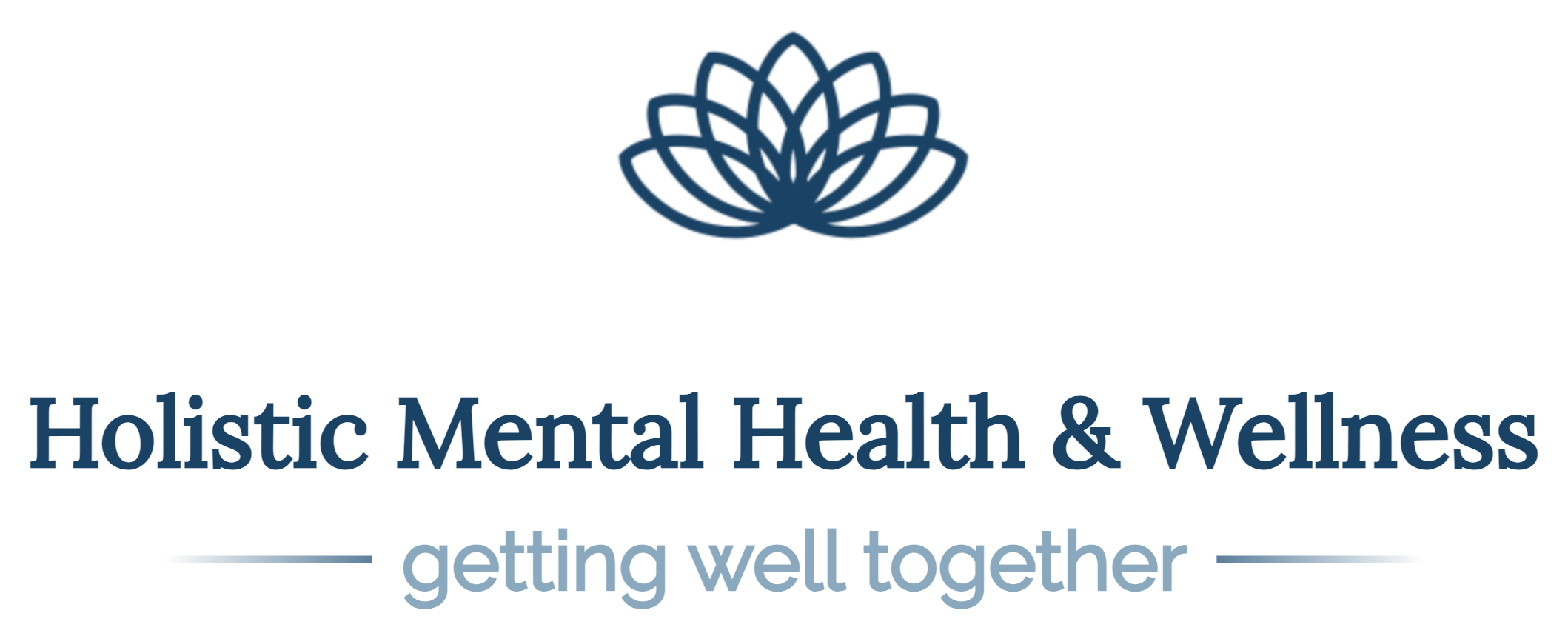The Best Coping Skill to Manage Trauma & Substance Use Triggers

With both trauma and substance use, there are people, places, and things that can trigger that traumatic memory or the urge to use; a specific person, or a similar environment to where the trauma or use occurred, or a thing— like a scent, song, or object. We call these people, places, and things triggers. Keep reading to learn more about what technique I recommend to clients to dissolve these triggers!
Let’s break it down- a trigger is an emotional attachment to that person, place, or thing. The goal of managing triggers is to desensitize to them that way when you are exposed to them in the future, they no longer affect you or elicit an emotional reaction. Certain triggers you can avoid; others you can’t.
Our goal is to create a new emotional attachment to the unavoidable trigger. There are numerous ways to do this that we can explore through behavior therapy, but this is what I recommend and consider the most effective techniques though the use of our 5 senses. Our 5 senses can help us dissolve triggers, but also can help us cope when triggered. Let’s explore both scenarios.
Think about it, the way our brain interprets information is through our 5 senses- what we hear, see, touch, smell, and taste. This is why when you hear a song, or smell a scent, or see a specific place or person, or are touched in a certain way you get triggered. We want to recondition our responses to those triggers by using our 5 senses to create positive memories and new emotional attachments to that identified trigger. This will help your brain desensitize to it. For example, if your trauma or use occurred in your bedroom, let’s create a new feeling, emotional attachment and new memories to that space by incorporating something for each of our senses:
1. Sight: let’s make it look new! Rearrange the furniture, paint the walls, put up curtains, frame a picture of happy memory displayed where you can see it daily, post a motivational quote on your mirror.
2. Smell: light a scented candle or use a plug-in air freshener, change your laundry detergent scent that you wash your bedding & clothing in.
3. Touch: add a fun, fuzzy pillow on your bed, keep a fidget cube or stress ball on your nightstand, add a soft area rug that you can rub your feet on.
4. Sound: put on a fun, happy, inspirational song on each time you’re in your room (maybe dance around while no one’s watching!), get a nature sound or white noise machine to help create a calming effect and peaceful sound at night when sleeping.
5. Taste: eat your favorite take-out or drink your morning coffee/tea in your room.
Continue to do this daily and overtime you will desensitize your brain to the trigger and have created new attachments!
When triggered, your brain has difficulty differentiating from the past trauma or use and the current present moment. The use of your 5 senses can help ground you back to the present moment and help you create a mental separation from the trauma or use and “the now”. This technique will help you de-escalate emotionally and feel safe. When triggered, use your 5 senses following the 5-4-3-2-1 approach, as an effective grounding technique:
1. Name 5 things you see. Describe details often overlooked, like the pattern of a blanket, or the colors in a painting.
2. Name 4 things you can touch. Touch those objects and describe their feeling in detail. Focus on the textures of objects. If outdoors, notice the feeling of the wind, rain, or sun on your skin.
3. Name 3 things you can smell and describe them. Maybe it’s a scented candle, your perfume or lotion, an air freshener. Or maybe something not so obvious like freshly mowed grass, or the smell in the air when/after it rains, the smell of a flower growing outside.
4. Name 2 things you can hear and pay attention to the details. Focus on the less obvious noises, like the noise an appliance makes when it’s running, or focusing on the all the different instruments used in a song, or the birds chirping outside.
5. Name 1 thing you can taste and describe it. Can you sip a drink you have? Or do you have mints or gum in your bag? Or eat a small snack and focus on the flavors and textures.
To make something a skill, you must practice it; hence the word coping skill. I cannot emphasize this enough! Practice this grounding technique daily even when not triggered! You want this to become a learned skill that you can call upon in the moment as a natural response.
Thanks for reading!
Nicole
**Please note this is a coping skill recommended to help manage triggers and not treatment for substance use or PTSD. If you are struggling with PTS symptoms or substance use, specialized treatment is recommended. Please contact us to learn more about our substance use & trauma counseling services or to schedule an appointment for an initial assessment.





